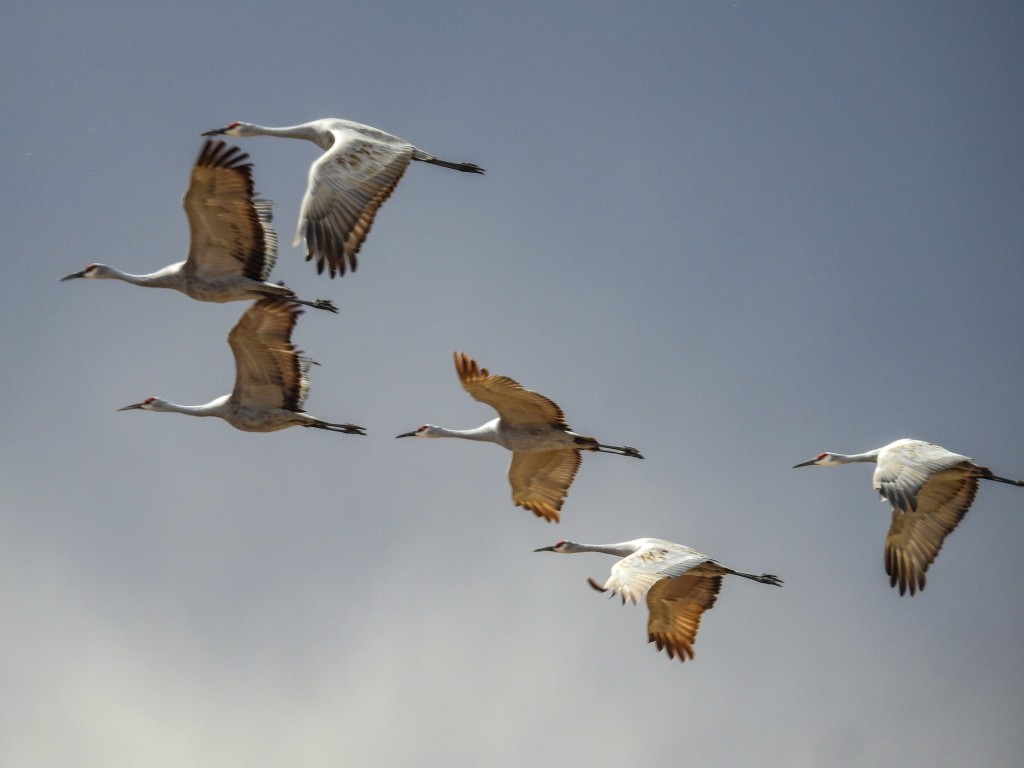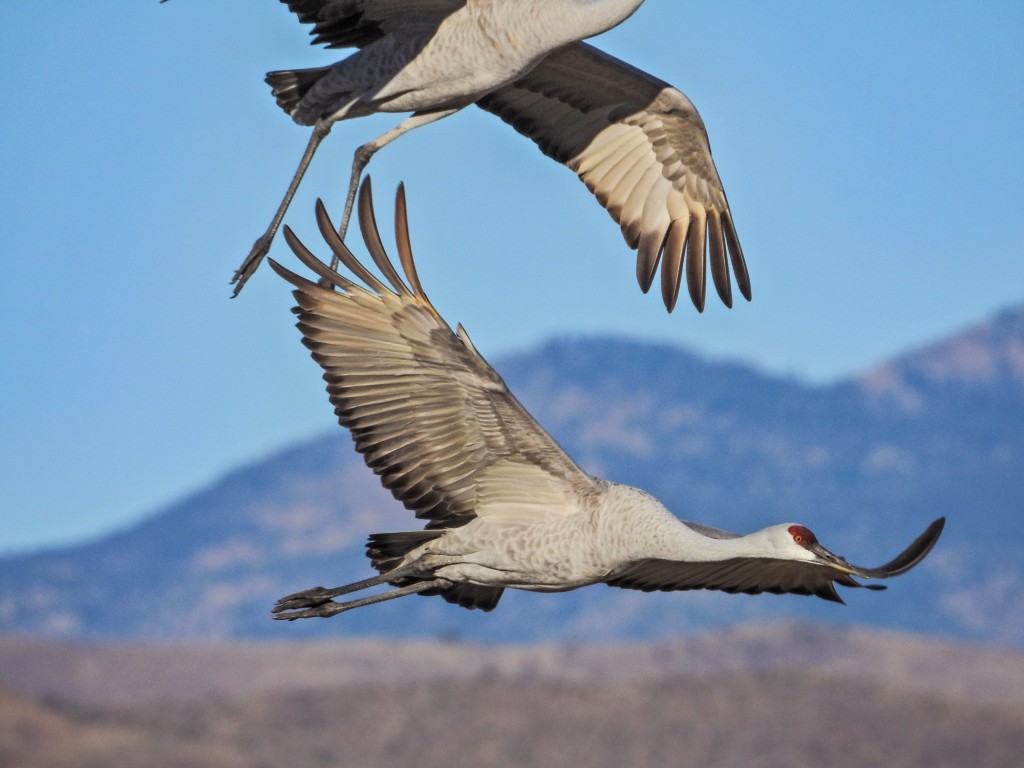
A while back I posted my original BIF (Birds in Flight) article, which pretty much covered BIF with the Canon SX50/60 (and hopefully 70) models and the Sony HX400V. (See here.)
This post expands BIF coverage to embrace the Nikon P series…the P610 and P900 in particular.

With the Canons and the Sony, the built in Sports Mode did and excellent job with BIF. On the Nikons…not so much. The default (and unchangeable) focus mode for Sports is the medium spot focus square…which makes getting on a BIF very difficult. And should you get the bird in focus when you press the shutter release, the camera does NOT follow focus. Focus is established by the first lock, and does not change as the bird moves…so, even if you pan with the bird as the camera takes its burst of 10 high speed continuous shots (also default and unchangeable) chances are pretty good that only the first shot will be in focus (if any are). Worse yet, even though this is Sports Mode and supposedly designed for action, Nikon did not bias the exposure system for high shutter speeds, so most often you will have motion blur as well as focus issues. Nikon does not seem to understand what a Sports Mode is supposed to do…but then Nikon’s control software has a lot of short-comings. Sports Mode is a particularly bad example.
I have gotten some great BIF with the Nikon Sports Mode, and it is worth a try in really good light, with cooperative birds.

I recently spent a week at Bosque del Apache National Wildlife Refuge in Socorro New Mexico. As noted in the previous BIF post, the Bosque is certainly one of the best places in North America to practice BIF. In my week there I took hundreds of BIF exposures and developed a technique that works pretty well…almost as well as Sony’s Sports Mode.
What you need for BIF is an auto focus mode that will quickly and reliably lock on to birds in motion against a blue sky…or against a landscape background. And, you need high enough shutter speeds to freeze motion.

On the Nikons, setting the control dial to “S” for shutter preferred allows you to control the shutter speed. Leave everything else on Auto (ISO, etc.). I find that in good light, 1/640th is enough to freeze the wing motion of most BIF, while still giving you a reasonably low ISO for fine detail. In low light…dawn or dusk…1/250th does a good job with all but the wing-tips. Your ISO will be 400-800 (or even higher) but you will get some decent shots.

For the most efficient focus, set the camera to Target finding auto focus. Target finding auto focus is the default in Auto and Program modes, and is your traditional wide angle focus where the camera decides what your might be trying to focus on. I do not generally recommend letting the camera make that decision, but for BIF on the Nikons, Target finding auto focus proved to be fast and accurate more often than any other mode. I was getting 70% or better quick accurate focus on BIF against a blue or clouded sky, and better than 50% against a landscape background. That is actually very good performance.

I found that in following fast moving birds, high speed continuous was easier than low speed…since the black out between images is long enough on low speed so that I would loose my pan and the bird would go out of frame.

General BIF advice: 1) don’t try to shoot at the long end of the zoom, especially as you are developing your technique. Finding focus and keeping the bird in frame are both easier at 600-1000mm equivalent fields of view, than they are at 1200-2000mm. Remember, the DSLR/long lens crowd are shooting at 400-600mm and cropping. 2) Pan with the birds before pressing the shutter for focus. Pick the birds up as soon as possible, and pan with them until they are close enough for a satisfying image. Then half press the shutter for focus. If you get focus lock, then shoot off a burst.

As always, take a lot of exposures! Try, try, and try again. And don’t worry about the misses. Celebrate the hits!

The other problem my wife has with the P900 is the lack of good macro. Do you have any suggestions for that?
You can use the green macro mode out to about 100mm and that gives decent macros. You can also use the Macro Scene Mode.
Did you try the Bird mode in the scenes, on the 610?.
Really enjoyed reading your blog with awesome pics with P&S cameras. I am thinking of getting one…of these three which would you recommend for wildlife photography especially BIF.
1. Sony HX400V
2. Nikon P610
3. Canon SX60HS
Many thanks for sharing your thoughts and images, I always enjoy them.
Can I get on your list serve to learn more? I have a new P900 for birding.
Thanks
In the woods at Emily Minnesota
I don’t have a list serve as such. You can subscribe to my blog to get the latest updates…or perhaps purchase my book from Amazon.com 🙂
Which mode is for BIF in Nikon coolpix 950
You have it right here, in my opinion. 🙂